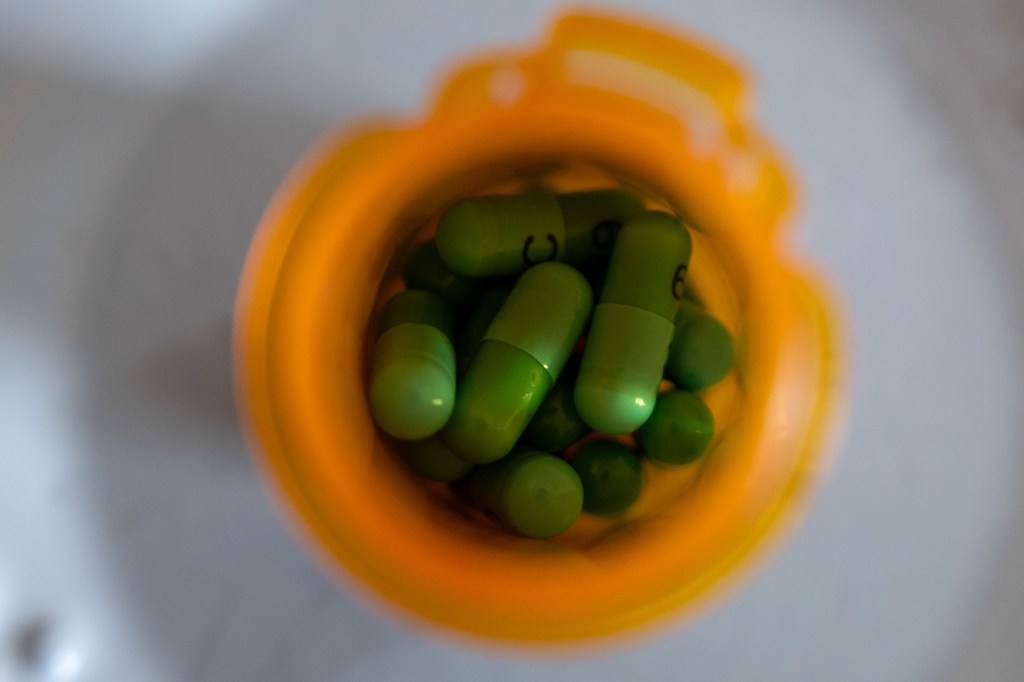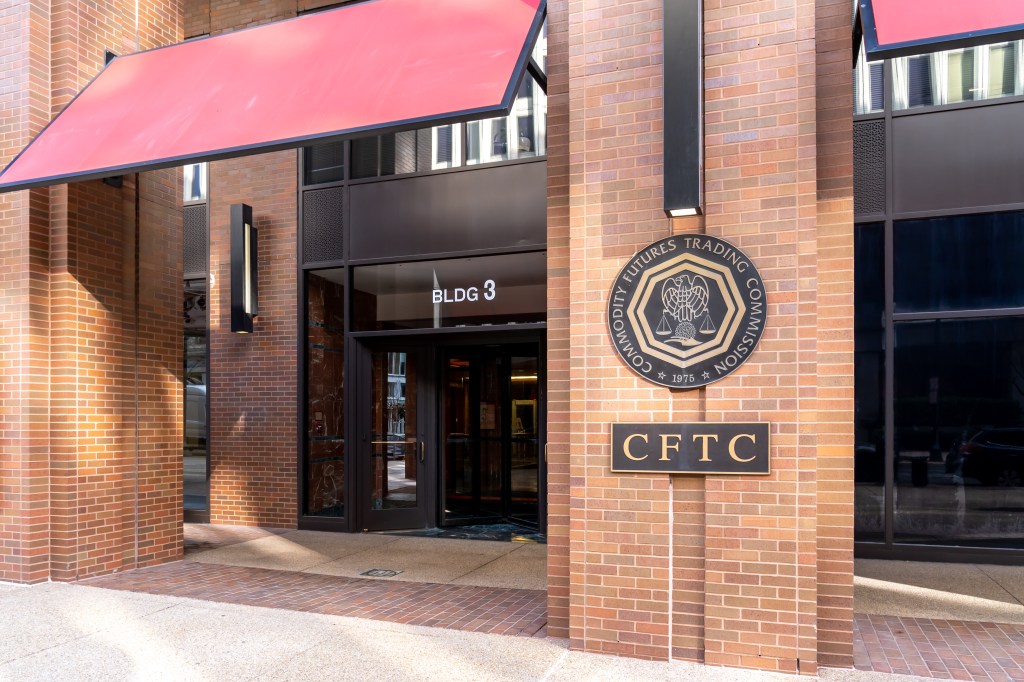As healthcare undergoes one of its most volatile chapters in recent memory, some major developments signal a deeper reckoning with how America manages its medicines, its money, and its moral contract with the vulnerable.
Regulatory overreach rebuffed
A federal judge in Texas has vacated the FDA’s controversial rule that
Register for free to keep reading.
To continue reading this article and unlock full access to GRIP, register now. You’ll enjoy free access to all content until our subscription service launches in early 2026.
- Unlimited access to industry insights
- Stay on top of key rules and regulatory changes with our Rules Navigator
- Ad-free experience with no distractions
- Regular podcasts from trusted external experts
- Fresh compliance and regulatory content every day












